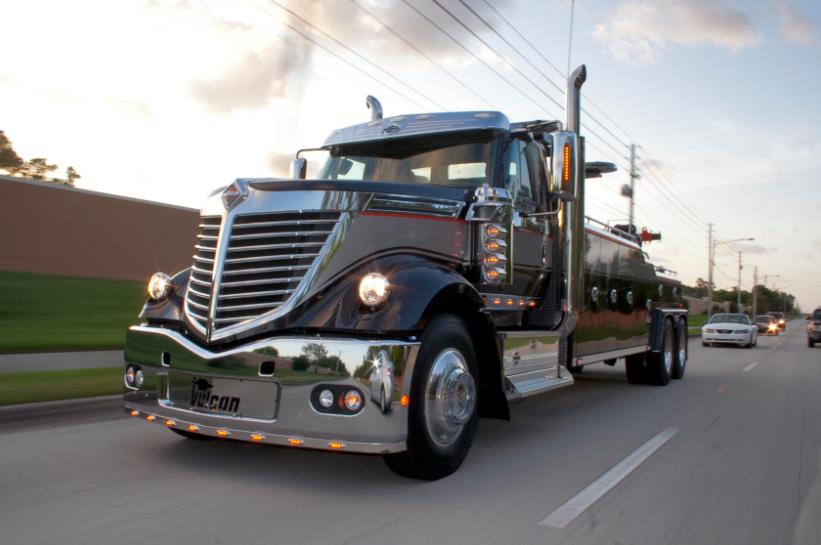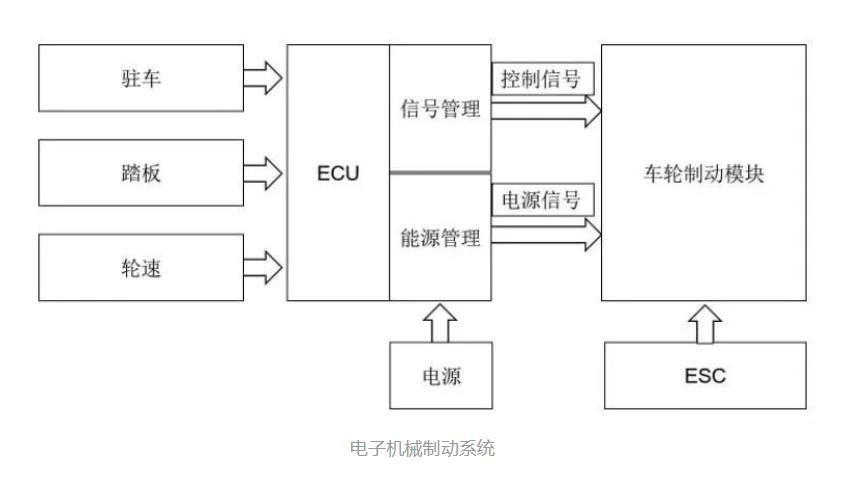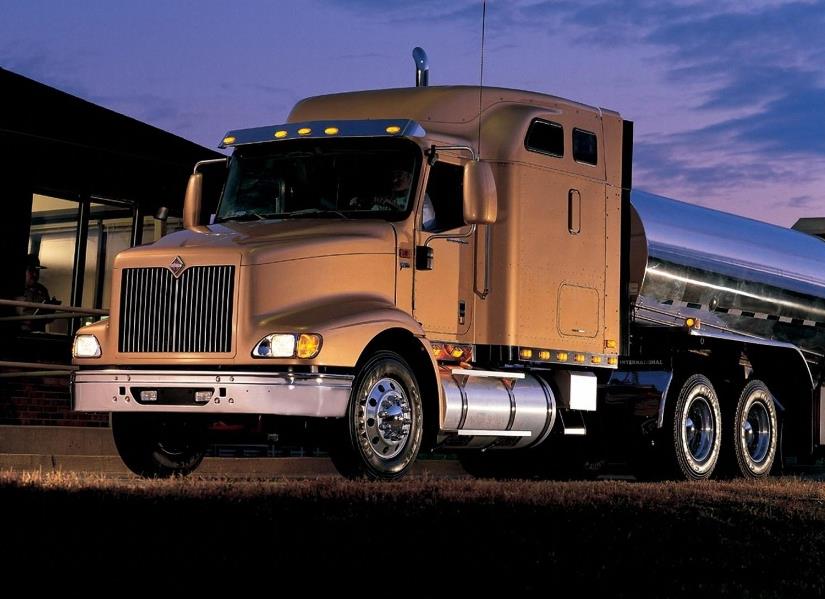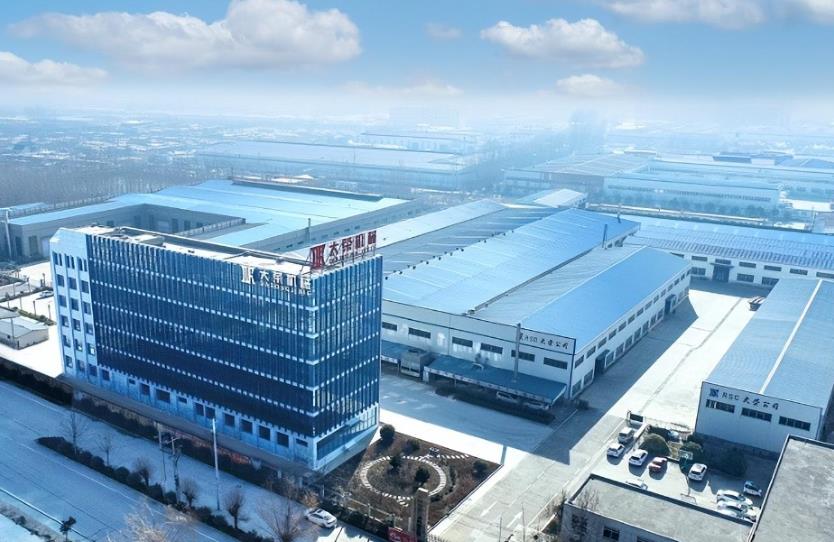NEWS CENTER
NEWS CENTER

With the continuous development of vehicle technology, people's requirements for vehicle safety are getting higher and higher, and the vehicle braking system is also constantly upgrading and improving. From drum braking to Disc brake, to ABS, EBS and other auxiliary braking systems, emerging braking technologies are emerging in endlessly, and electromechanical braking is slowly emerging in people's vision.

Electronic mechanical brake, also known as EMB, was initially mainly used in aircraft, such as the F-15 fighter jet in the United States, and later gradually developed into vehicles. Its biggest feature is the elimination of components such as air reservoirs, brake chambers, and hydraulic pipelines, achieving complete electronic signal transmission between pedal signals and actuators. It works in conjunction with modules such as ABS, TCS, and ESC to achieve integrated control of the vehicle chassis, belonging to a true wire controlled braking system.
We all know that traditional air brakes use air as the braking medium. After being pressurized, the brake pads are pushed to work. If the air pressure is insufficient, braking force cannot be obtained. The braking medium of the oil brake is brake specific oil. When the brake pedal is pressed, the piston and sealing cup in the brake master cylinder will be pushed, and then the oil will be transmitted to the pistons of each brake cylinder through the push rod, thereby pushing the brake pads to work.
The EMB system no longer requires air or hydraulic oil as the medium, and its braking torque is entirely driven by the motor installed on the tire. When the car owner presses the brake pedal, the controller will send an electronic signal to the motor, and the driver will work, pushing the brake pads through its own rotation to achieve vehicle deceleration or stop.

The fewer components and simpler structure bring many advantages:
1. Installation and maintenance are more convenient.
The system components are fewer, the design composition is more concise, the requirements for installation space are more relaxed, the difficulty for car owners to arrange is also less, and the subsequent maintenance and upkeep of the system is also simpler.
2. The system failure rate has decreased.
The more components there are, the higher the failure rate. After all, any problem with a component will affect the entire engine. From this perspective, the failure rate of the EMB system is also relatively smaller.
3. The vehicle's self weight has decreased.
The simplified configuration and reduced weight can not only provide more compliant loading space for vehicles, but also improve fuel economy, reduce engine load, make fuel vehicles more fuel-efficient and new energy vehicles have longer battery mileage.
4. The braking efficiency has been improved.
This is mainly discussed from the perspective of energy conversion and transmission. Whether it is an air brake or an oil brake, from the car owner stepping on the brake pedal to driving the brake pad friction brake, multiple system components need to go through multiple energy conversions and transmissions. The more energy conversions and transmissions there are, the higher the losses that occur, which affects the final braking efficiency. The EMB system replaces the traditional air/oil circuit with the electric control circuit, which can shorten the braking response time, increase the braking deceleration, reduce the braking distance, and optimize the control of wheel slip.
5. Convenient compatibility with other systems.
The various commands of the EMB system are transmitted through electrical signals, which are easy to integrate into the controller's local network bus. It is compatible with electronic control functions such as the ABS system and ADAS (Advanced Driving Assistance System), and can effectively avoid repeated rebound of the brake pedal caused by triggering the ABS, improving driving comfort.

In theory, the EMB system has many advantages and can also ban media such as oil, which is more in line with environmental trends in the long run. Objectively speaking, EMB is not in mass production at present, but more in the R&D and concept stages. How about its actual use efficiency? There is still a lack of a large number of Market data to support it. In addition, the EMB system is not without its drawbacks, and there are many doubts in terms of technology alone:
1. The EMB system requires a large amount of electrical energy to operate. Can the widely used power supply on vehicles meet its needs?
2. Although theoretically speaking, the EMB system has a low failure rate, how should the braking system ensure braking performance in the event of a problem with its circuit or power supply?
3. The heat dissipation efficiency is a test for the braking system, and EMB is no exception. How will the heat generated by the EMB system dissipate when the vehicle is driving at high speeds for a long time or encountering frequent braking conditions such as long downhills? How to ensure its thermal stability?
4. Although the EMB system has a simple structure, it is inevitable to have some more precise electronic circuits. If the vehicle's operating conditions are complex or frequently enters or exits the working environment with magnetic fields, can the EMB system be immune to interference?
5. The sensors, chips, circuits, etc. required in the EMB system are much more expensive than the current gas and oil pipelines. In the current freight market environment, how many car owners are willing to pay for them?

From this, it can be seen that although the EMB system may sound lofty, it also seems to have advantages and prospects that traditional braking systems cannot achieve. However, discussing its application without considering reality is still a matter of paper, and it may still need to wait for actual feedback from the market.
ONLINE MESSAGE
 24-hour consultation telephone
24-hour consultation telephone
400-6363-989
If you have any needs, you can contact us
CONTACT US
Customer Service Hotline:400-6363-989 Company Address:No. 2, Guoyuan Road, Industrial Park, Quanpu Town, Liangshan County, Jining Cityall rights reserved Darong traffic machinery Co., LTD Lu ICP No. 20025388-2